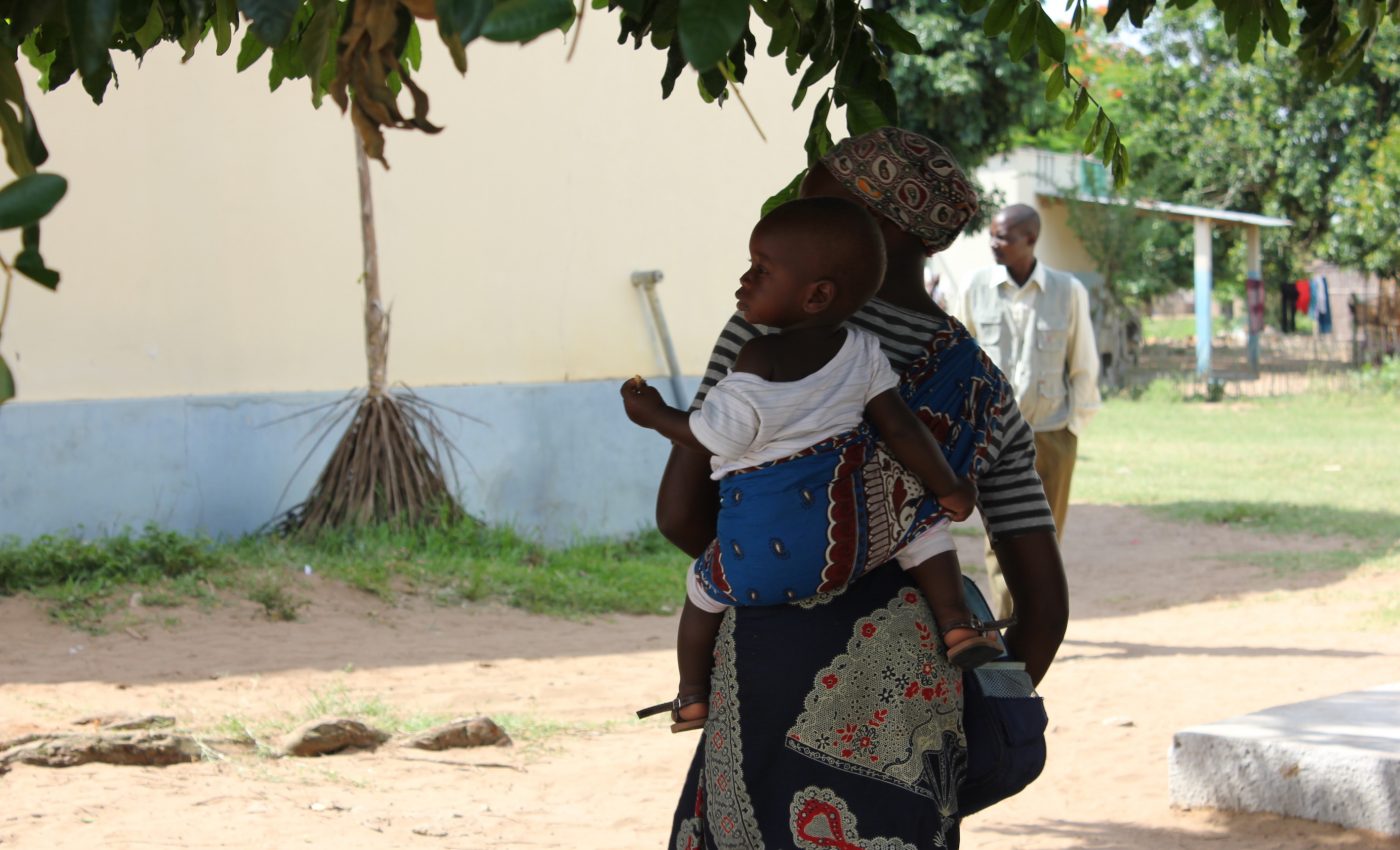
In low-income countries, children still face a high risk of death
The rate of infant and child mortality has decreased significantly all over the world over the past 25 years.
However, current mortality rates are nowhere near the targets put in place by the World Health Organization’s Development Millenium Goals which aimed to reduce instances of mortality in children under five by two-thirds by the year 2015.
In developing and low-income countries, children face a three to thirteen percent increased risk of dying within the month following a discharge from the hospital.
Researchers from the Barcelona Institute of Global Health and the Manhica Health Research Centers conducted a study to better understand the risk factors involved in these increased mortality rates following hospital discharges.
The researchers developed an algorithm that could help identify the children who are at a higher risk of dying after hospitalization and who should receive follow up care.
Having a system in place to identify which children are most at risk could help reduce instances of child mortality in low-income countries, according to the researchers.
The study was published in the journal Pediatrics.
For the study, the researchers reviewed and analyzed data from over 20,000 pediatric hospital admissions spanning nearly 20 years in a semi-rural area of Southern Mozambique to figure out child mortality risk during the months following a hospital discharge.
“This is the largest study performed to date to evaluate mortality three months following hospital discharge in a rural area of a low-income country,” said Lola Madrid, the first author of the study.
The researchers found that there is a high risk of death following a hospital discharge for young children, and half of these deaths occur within a month of leaving the hospital.
Infants under three months have the highest risk of all the age groups considered for the study.
The researchers created a series of models using known risk factors like malnutrition or clinical pneumonia which could be used to identify the children that have the highest risk of mortality and thus would require proactive care.
“If these simple models, based on easy-to-obtain parameters like those used in our study, are validated in other contexts, they could represent a valuable tool to save neonatal and infant lives in countries with a high burden of child mortality,” said Quique Bassat, the study coordinator.
—
By Kay Vandette, Earth.com Staff Writer
Image Credit: Marta Solano












